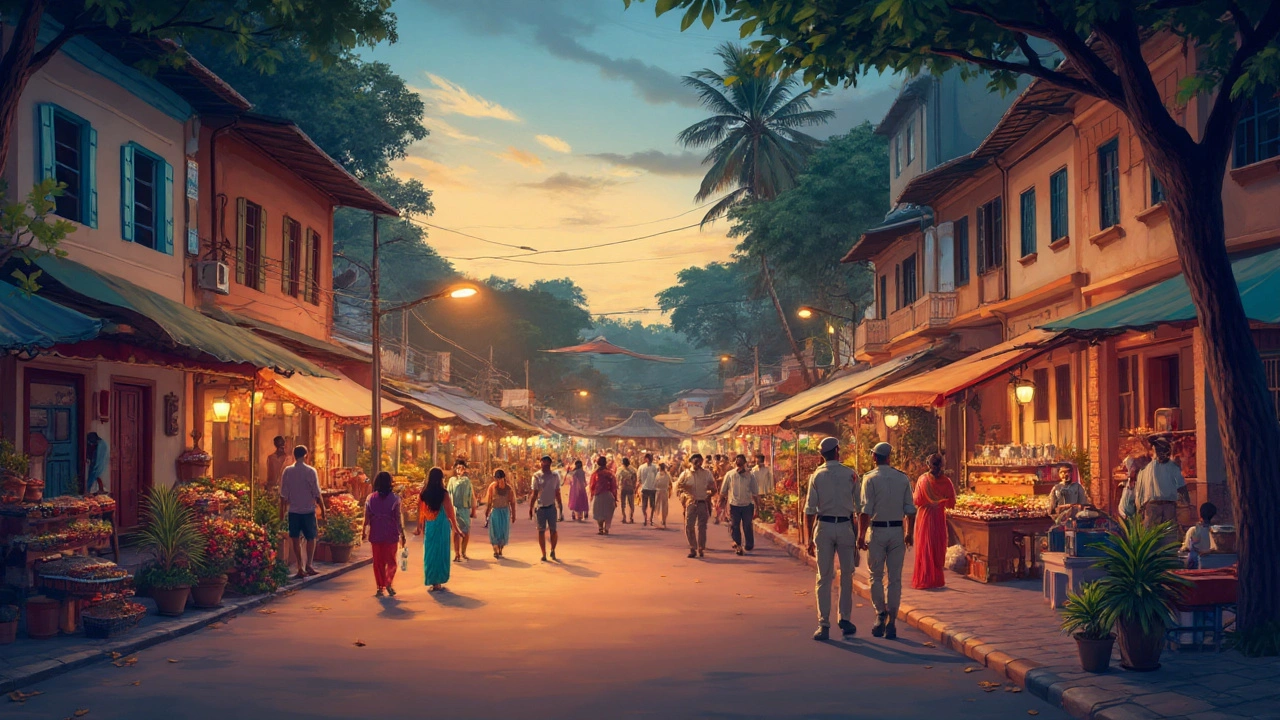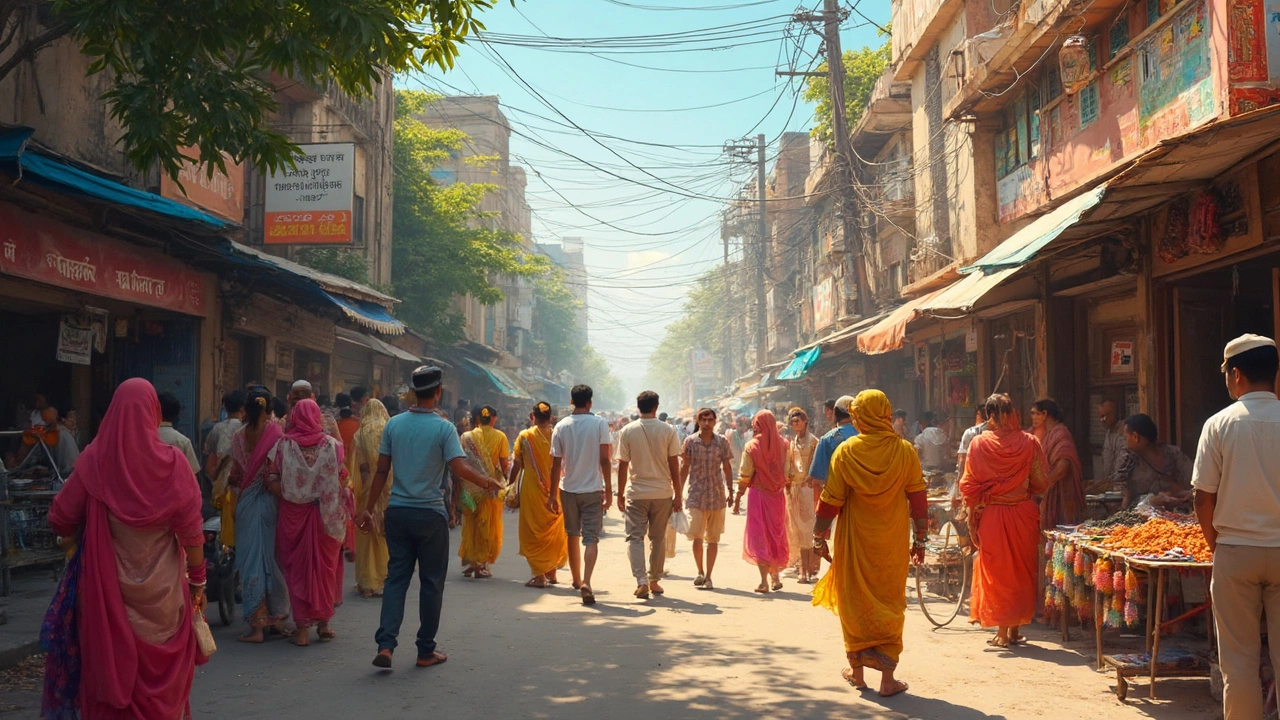SEARCH
South India Safety: Essential Tips for a Trouble‑Free Trip
Planning a trip to the coastal states of Kerala, Tamil Nadu, Karnataka, Andhra Pradesh or Telangana? You’re probably wondering how safe it really is. The good news: most visitors have smooth, worry‑free experiences. The key is to know a few local habits, keep an eye on your belongings, and stay prepared for the unexpected. Below you’ll find the practical steps that turn a good vacation into a great, safe one.
Know the Basics Before You Go
Start with a quick research sprint. Check the latest travel advisories from your government and note the weather patterns for the season you’ll be visiting. Monsoons can turn roads slick, especially in Kerala’s backwaters, so pack waterproof shoes and give yourself extra travel time. A simple Google search for "South India emergency numbers" will give you the local police (112) and ambulance (108) codes—save them in your phone.
Register your trip with your embassy if possible. It’s a free step that lets officials reach you quickly if anything major happens. Also, download a reliable offline map app; signals can fade in remote hills, and you’ll appreciate the ability to find the nearest police post or hospital.
Stay Safe on the Road and in the Crowd
Public transport is the backbone of South Indian travel, and it’s generally safe. Trains and state buses run on tight schedules, but they can get crowded. Keep your bag close, zip it fully, and use a money belt for passports and cash. When you board a train, store luggage in the overhead racks and keep a small lock handy for the compartment door.
Taxis and auto‑rickshaws are convenient, especially in cities like Bangalore and Chennai. Insist on using a meter or agree on a price before you hop in. Ride‑hailing apps such as Uber and Ola also work in many South Indian towns; they let you track the route in real time, which adds an extra layer of security.
If you’re traveling at night, stick to well‑lit streets and avoid isolated beaches after dark. In Kerala’s houseboat zones, crew members are usually friendly and can guide you to safe docking spots. Just ask for a checklist of safety equipment before you set sail.
Food and health safety deserve a mention. Street snacks are delicious, but pick stalls with high turnover and clean cooking areas. Drink only bottled or filtered water, and carry a small pack of oral rehydration salts—helpful if you get a mild stomach upset. A basic travel‑size first‑aid kit with band‑aids, antiseptic wipes, and any personal meds is a smart addition.
Scams exist everywhere, but they’re easy to dodge. Be wary of overly friendly strangers offering “special deals” on tours; verify any package through official tourism offices or reputable online platforms. In popular markets, keep your phone out of sight and negotiate prices calmly—most vendors expect a bit of haggling.
Women travelers often ask about safety. South India is generally welcoming, but it’s wise to dress modestly, especially in rural temples and conservative neighborhoods. Use well‑populated hostels or hotels with good reviews, and avoid traveling alone late at night. If you need a trusted local contact, many guesthouses can connect you to a verified guide.
Finally, keep a copy of important documents on your phone and a printed version in a separate bag. If you lose a passport, the embassy can issue a temporary one quickly, but you’ll thank yourself for having the backup ready.
Travel in South India is rewarding, vibrant, and safe for most visitors who stay alert and respect local customs. Follow these tips, trust your gut, and you’ll spend more time enjoying the backwaters, temples, and hill stations than worrying about what‑ifs. Have a fantastic, secure adventure!

Safest State in South India: Where Security Meets Serenity
Weighing crime rates, honest experiences, and insider knowledge, this guide reveals the safest state in South India and why it stands out for travelers and locals.
Continue reading
Is South India Safe for Tourists? Latest Guide for 2025 Travel
Curious about safety in South India? Get real answers, practical advice, and honest tips for tourists exploring this unique part of India in 2025.
Continue reading